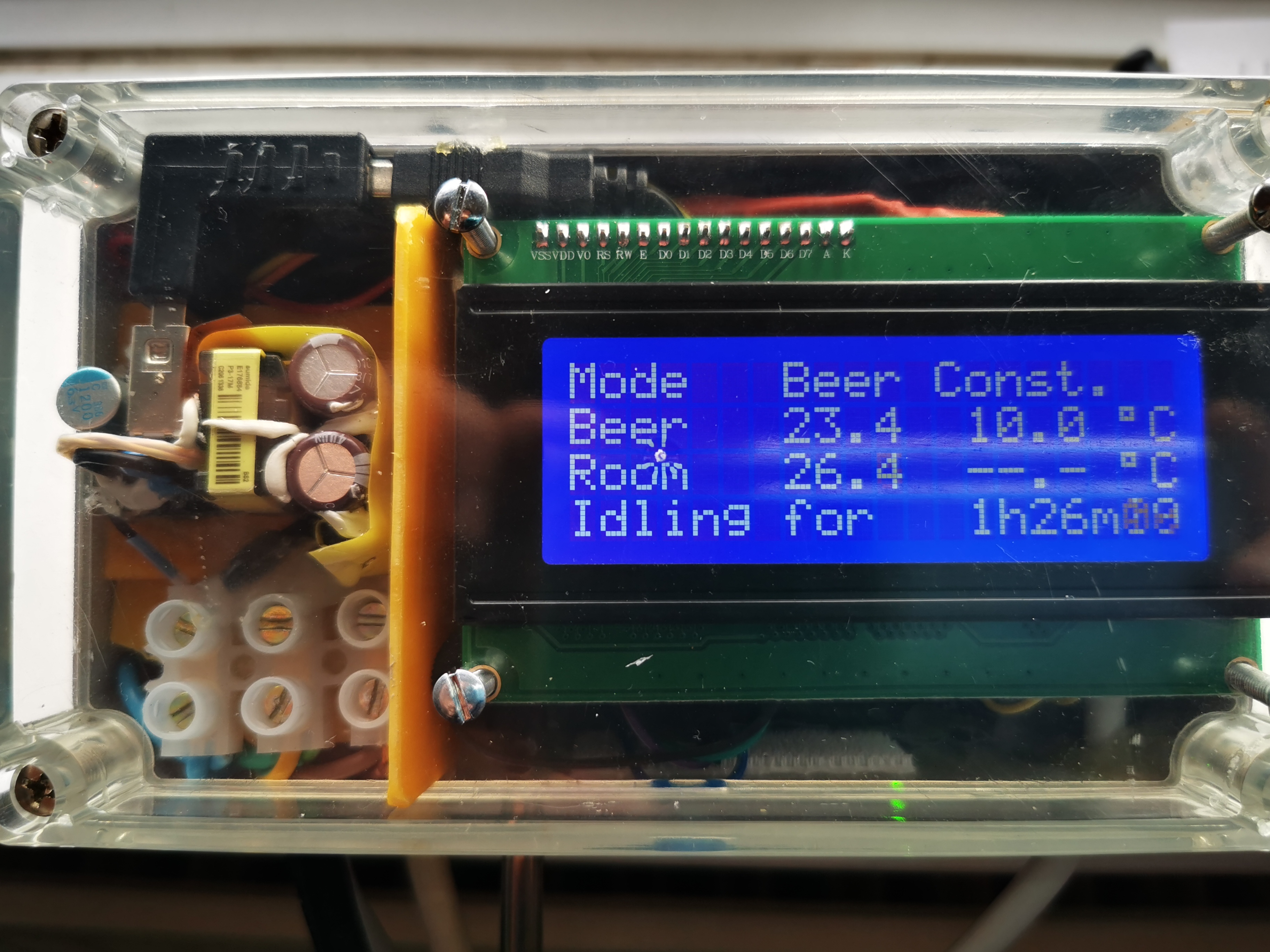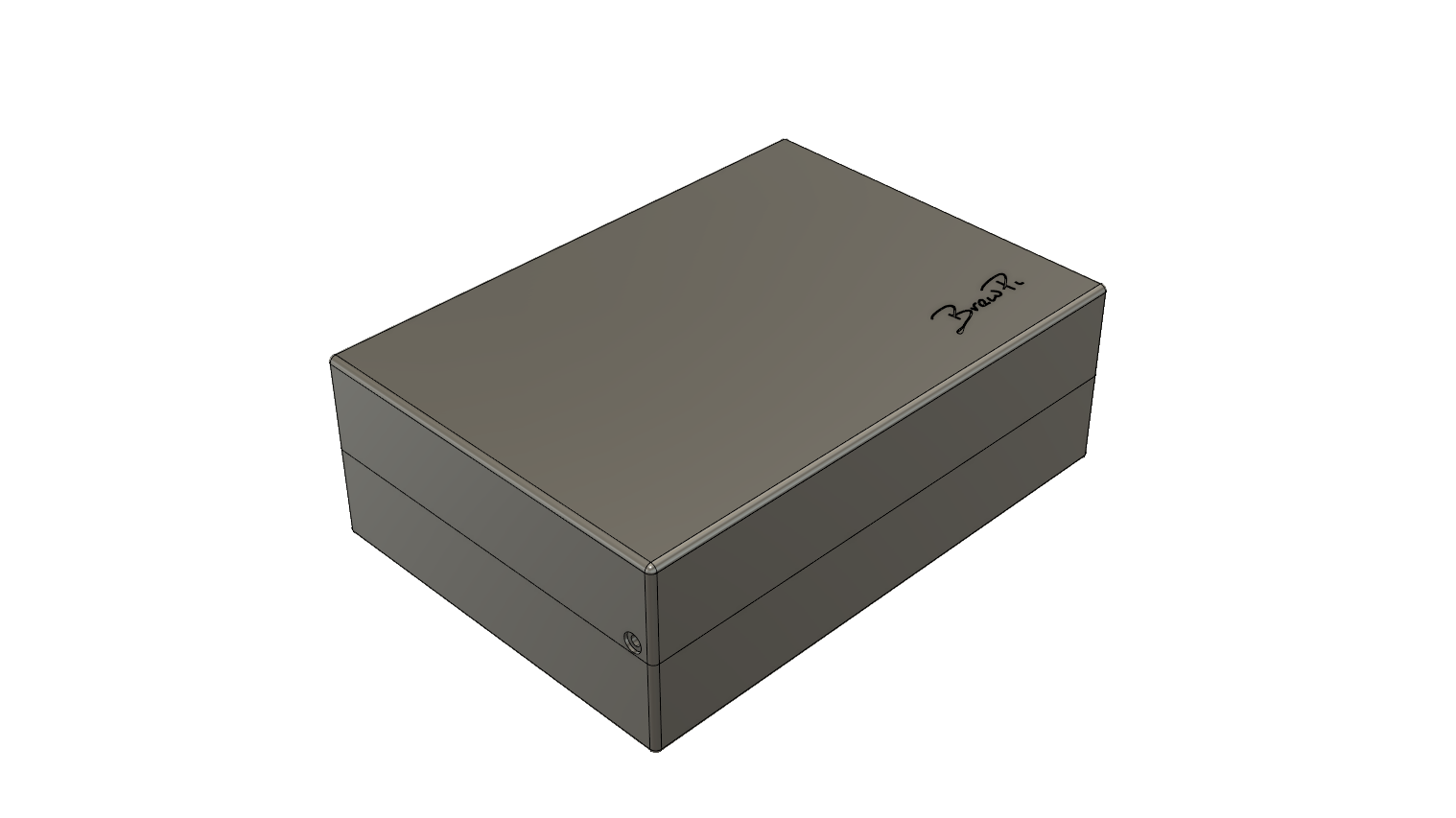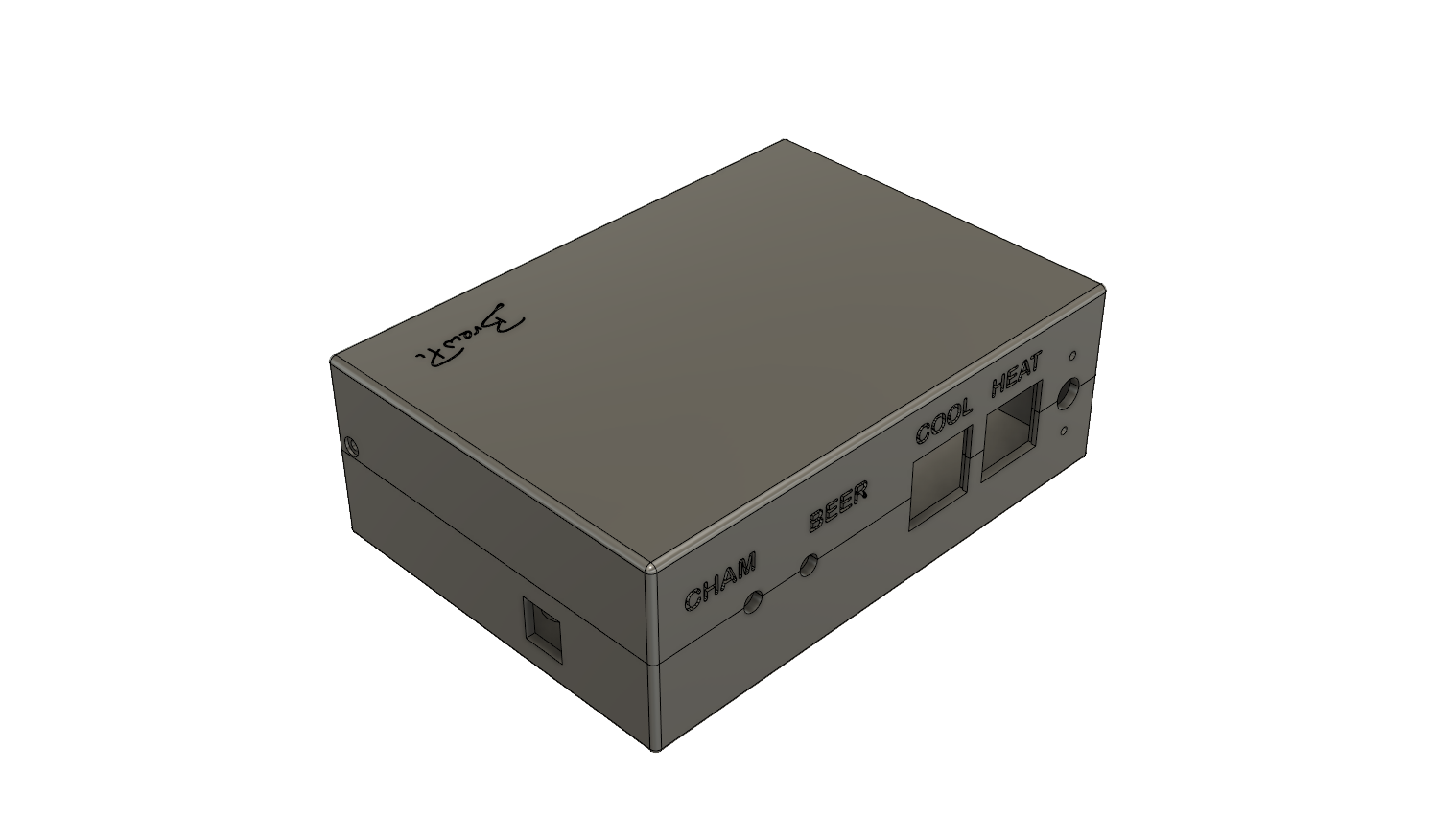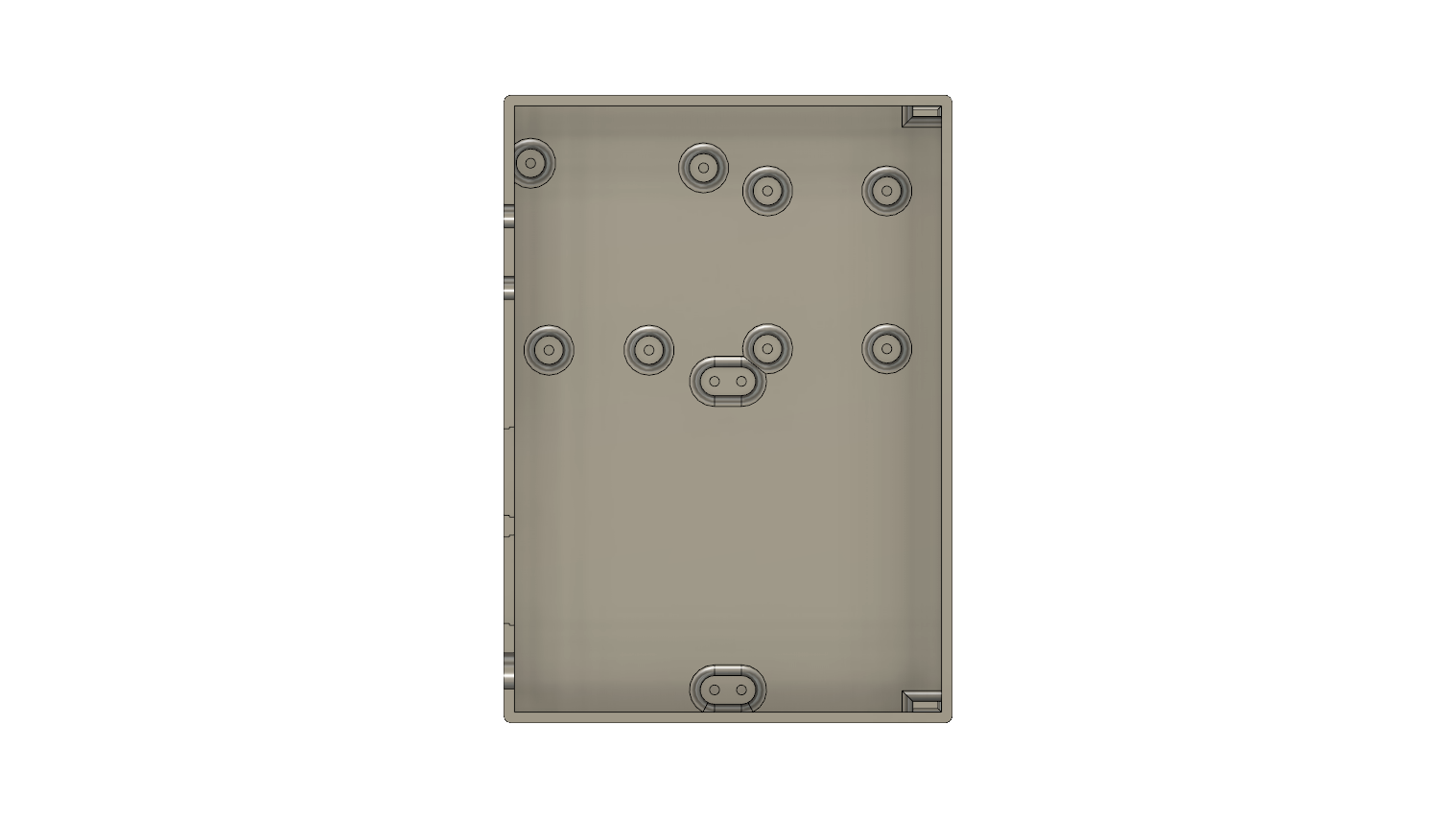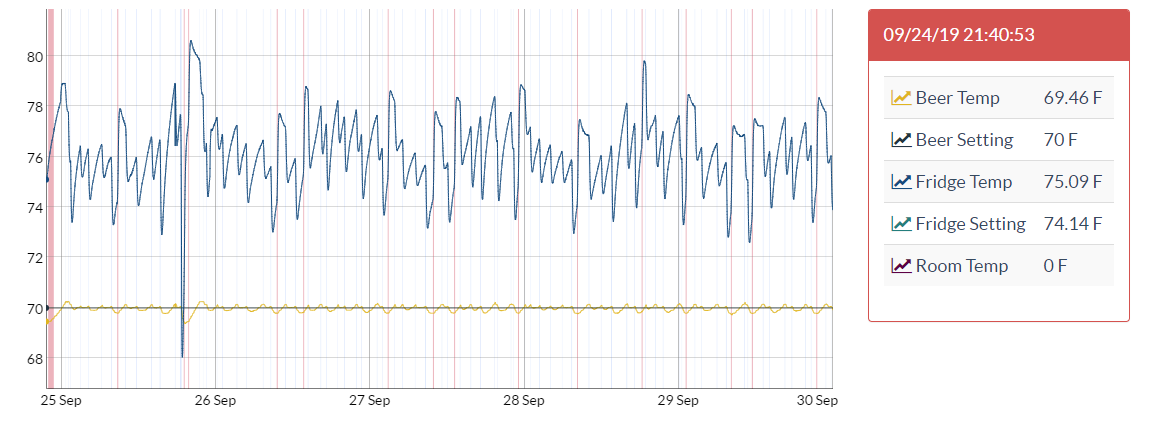Chris parks
Active Member
- Joined
- Aug 13, 2019
- Messages
- 33
- Reaction score
- 3
If I start typing I have a hard time stopping.
The Arduino still (IMHO) has a slight edge as you can use all of the pins/functionality and still get BT or Wireless (albeit with an add-on), but the ESP8266 sure is simple.
That makes sense. Yes, the shift register is the "chip" and it sits on a shield that plugs in on top of the Arduino.
I just finished making a PR to @Thorrak in order to support the I2C firmware with an update pinList.py. If he doesn't merge it by the time you need it, you can hit that link and download the changed file and update your own local copy.
I honestly have no idea where he does his logic to download the actual firmware so unless someone can point me to it, you'll have to upgrade that manually. Download the firmware here, and flash with the following command:
You may have to change the port, and you will need to make sure you stop Fermentrack before trying to flash.Code:/usr/share/arduino/hardware/tools/avrdude -F -e -p atmega328p -c arduino -b 115200 -P /dev/ttyACM0 -U flash:w:"/home/pi/brewpi-arduino-uno-i2c-0.2.12.hex" -C /usr/share/arduino/hardware/tools/avrdude.conf
Depending on how busy I am at work today i'll be giving this a go.
I know this sounds like a stupid question but how does one 'stop' Fermentrack (and do you mean the prog running on the Pi or the prog running on the Arduino?)


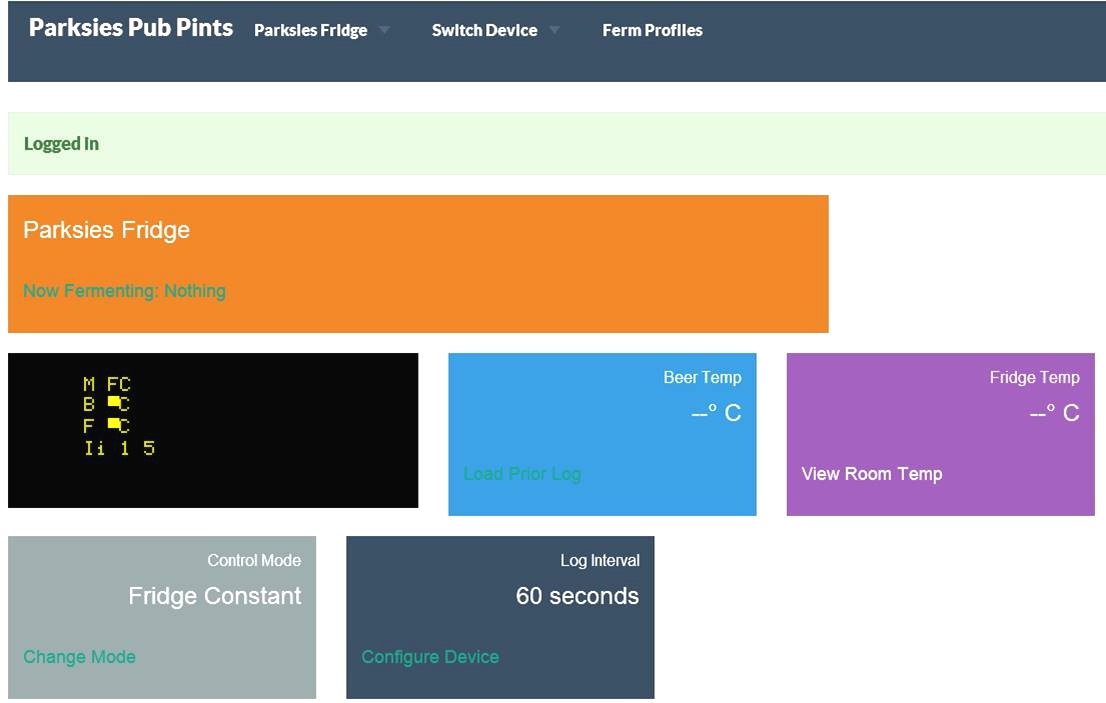





















































![Craft A Brew - Safale S-04 Dry Yeast - Fermentis - English Ale Dry Yeast - For English and American Ales and Hard Apple Ciders - Ingredients for Home Brewing - Beer Making Supplies - [1 Pack]](https://m.media-amazon.com/images/I/41fVGNh6JfL._SL500_.jpg)




